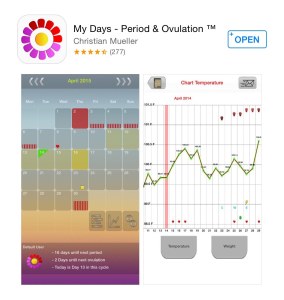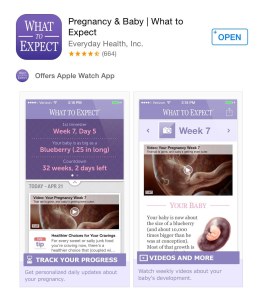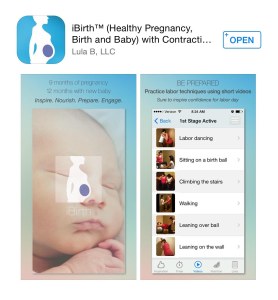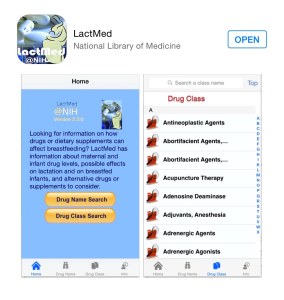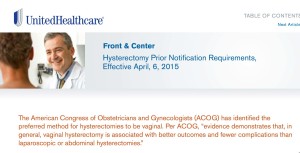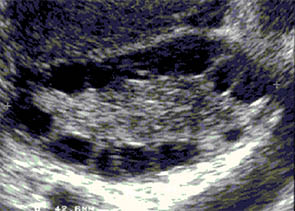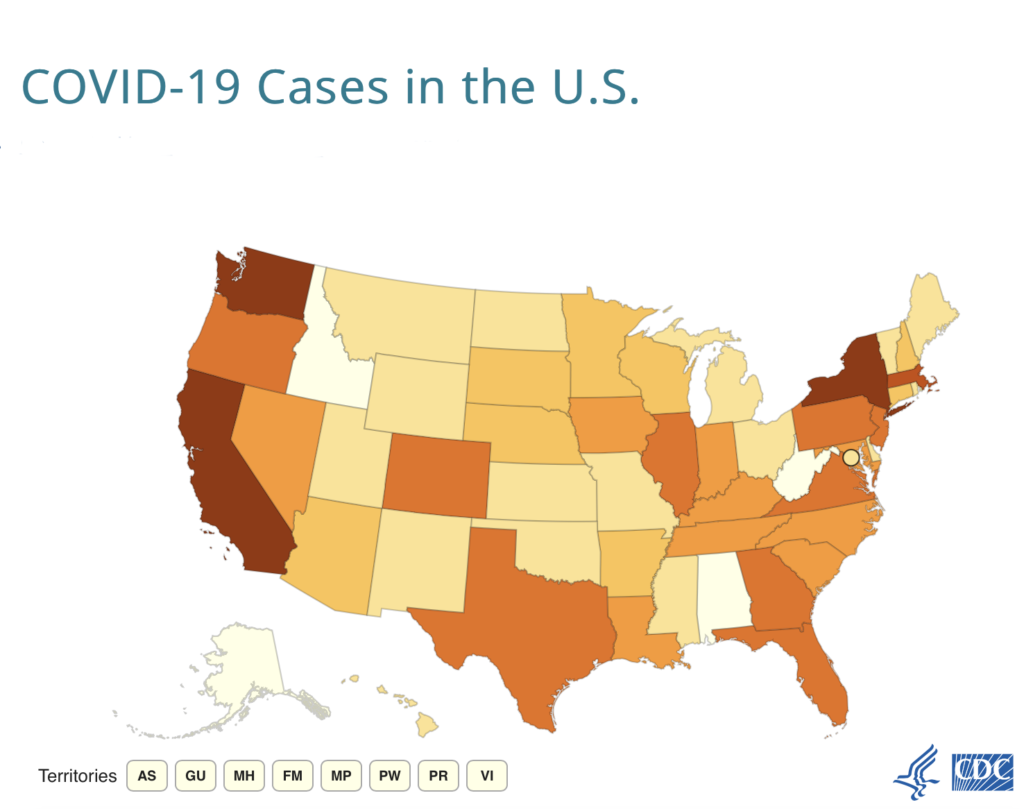
COVID-19 was first recognized in Wuhan China. It started in December 2019 with one case and by the end of two months it had grown to over 70,000 cases. As of early March it has been diagnosed in over 100,000 people and has killed 3300. Currently it is most prevalent in China, South Korea, Iran, Italy, France, Germany and the US, which is ranked 7th in the amount of cases.
Patients who get sick with COVID-19 have cough and fever, sometimes with muscle aches or chills. In the more severe cases patients can have viral pneumonia. In the worse cases patients develop a syndrome called ARDS which is a pulmonary syndrome and is similar to that seen with a different virus called SARS which was prevalent in 2002.
Some patients’ symptoms can also be GI symptoms such as nausea, vomiting or diarrhea. In China approximately 80% of those infected developed mild symptoms and did not require any medical intervention. About 15% required hospitalization and 5% required critical care.
The overall mortality rate of the disease is difficult to calculate because of the different ways it is being diagnosed around the world. We find severe cases first so there is probably an over-representation of those cases and the mortality rate is probably lower than current estimates. The more that we do diagnosis, the more we diagnose mild cases. In South Korea with the greater availability of testing, the mortality rate was found to be 0.6%, which is probably more accurate than the numbers from China. The risks are substantially higher in people who are older than 70. At present, it does not appear that pregnancy increases your risk.
The virus has a 1 to 14 day incubation period, with the average incubation of about 5 days. The virus is spread by respiratory droplet with close contact, usually within 6 feet. In China as many as 20% of cases have no symptoms which makes it more challenging to identify it and contain it.
In China they took major interventions to contain the virus such as closing cities, canceling mass gatherings, closing of travel routes, closing of businesses, closing schools and confining people to homes.
The US has moved to increase capacity for testing to make tests available for any patient with symptoms who needs it. The government is proceeding with making drive through testing centers available in all communities. Local government and hospitals are gearing up to make testing and treatment available in our community.
Our practice plans to stay open and continue to see our OBGYN patients. To help us help you, please do not come to our office if you have symptoms of this infection, such as fever, chills, cough, muscle aches, or recent exposure to someone who did. Feel free to reschedule your non-emergent gynecology visit.
If you want to be tested for the virus, Montgomery County has a hotline to find out where to go: 240-777-1755. You can also find out up to date information about the virus at the COVID-19 Johns Hopkins site. If you have further questions about whether or not you should come in for your visit, please call our office before coming in.
Thanks!

